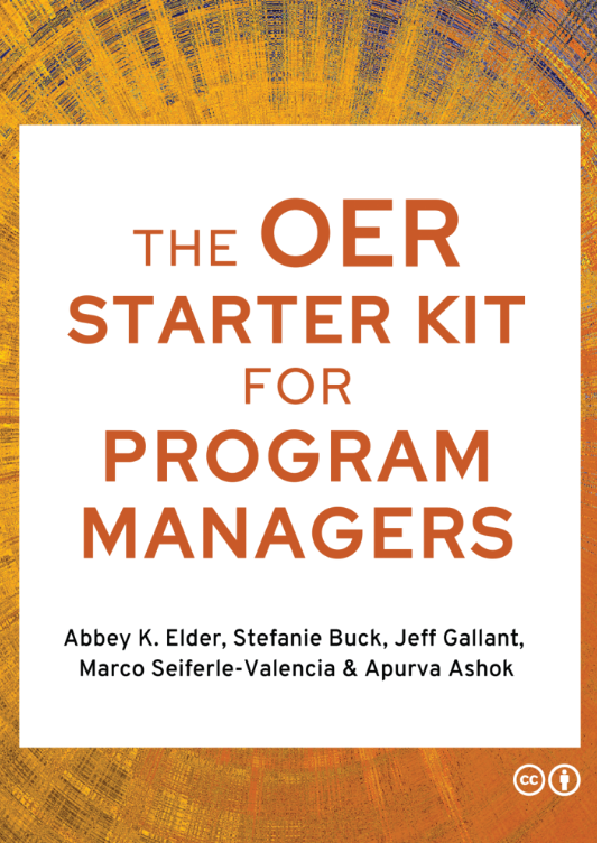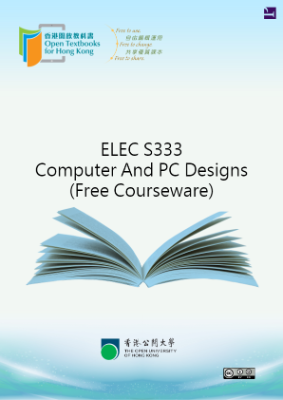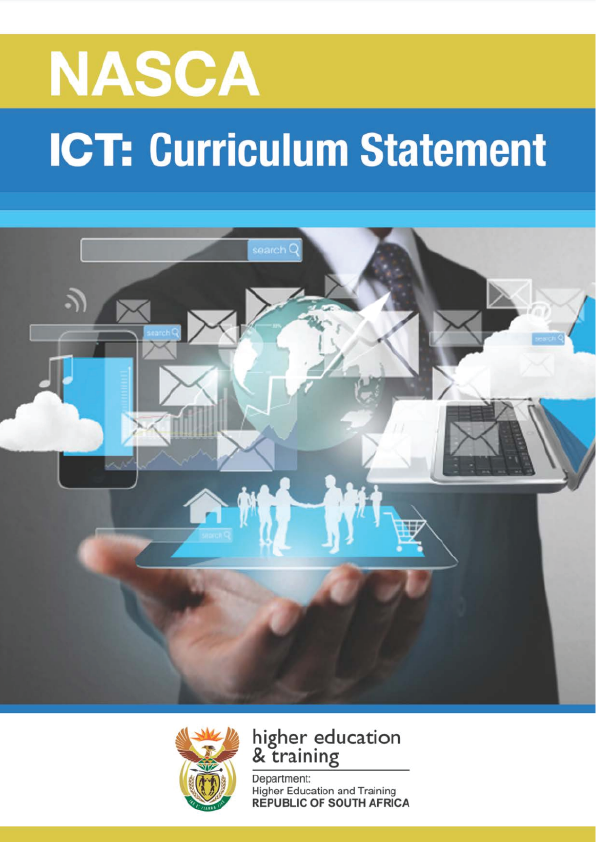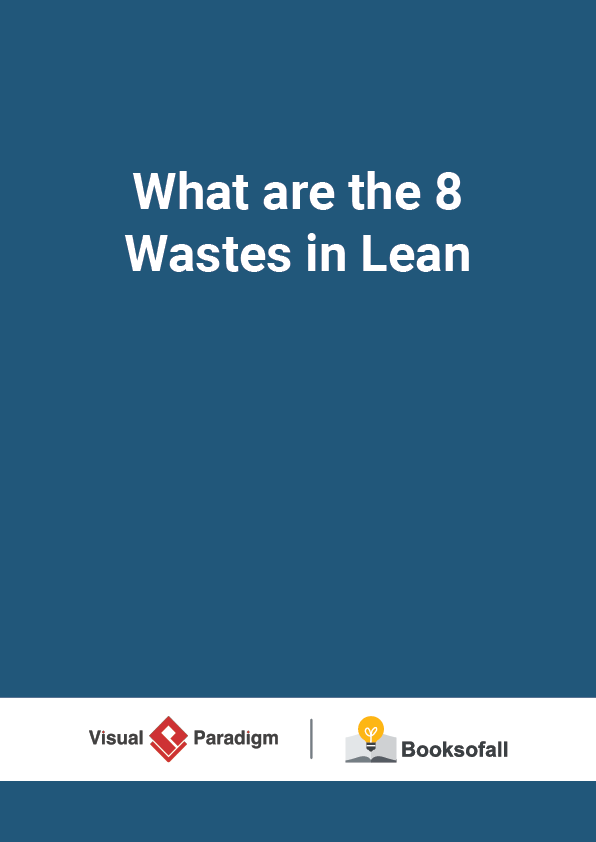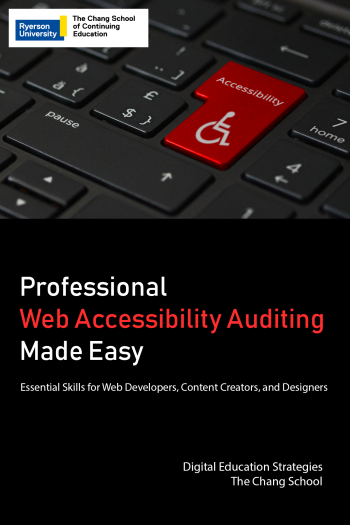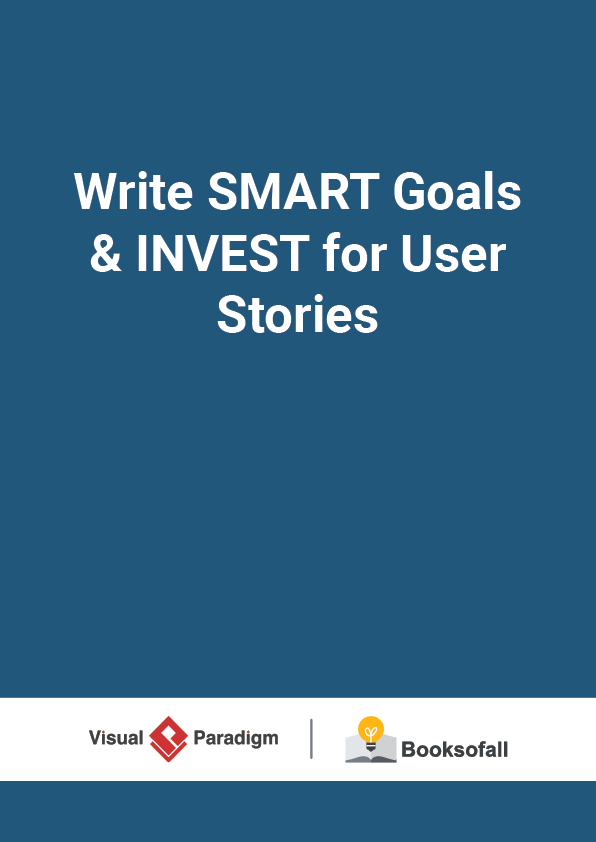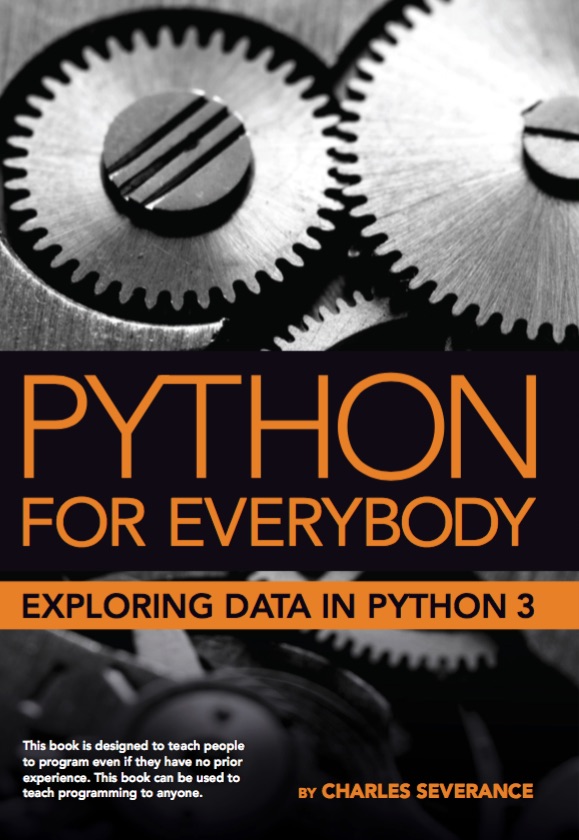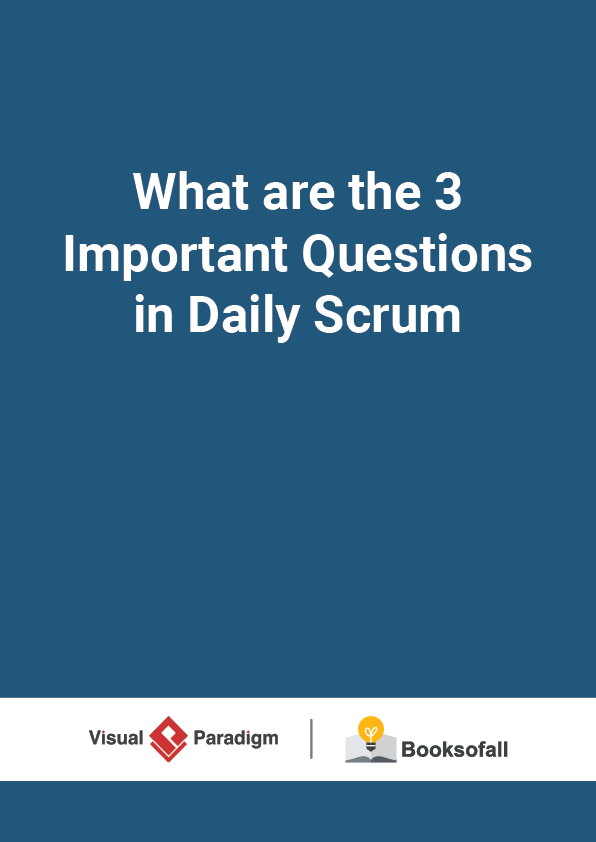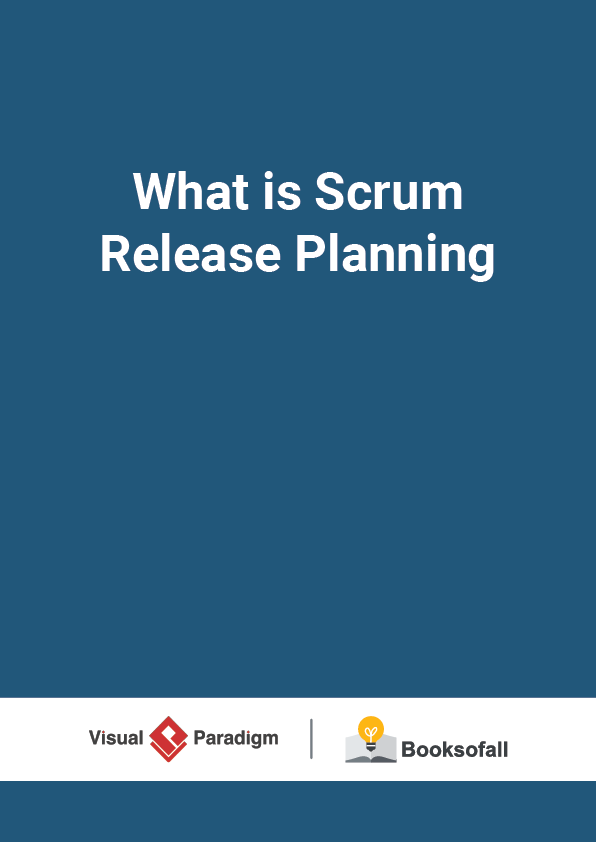What is an Open Educational Resource?
The Scholarly Publishing and Academic Resources Coalition (SPARC) defines OER as:
“teaching, learning, and research resources that are free of cost and access barriers, and which also carry legal permission for open use. Generally, this permission is granted by the use of an open license (for example, Creative Commons licenses) which allows anyone to freely use, adapt, and share the resource—anytime, anywhere.”
This definition has a few key components, but in most contexts, it can be broken down into two major requirements: the freedom for anyone to access a piece of content, and the freedom to adapt that content without needing to contact the copyright holder for permissions.
The Variety of OER
Because the term “teaching, learning, and research resources,” can comprise a wide variety of materials, the OER your instructors utilize may come in many forms. To showcase this diversity, let’s explore the material types available to filter in the popular OER repository, OER Commons:
- Activities & Assignments: labs, homework, and assessments
- Class Guides: syllabi and student guides
- Courseware: lectures, modules, and full courses
- Instructor Materials: lesson plans and teaching strategies
- Mixed Media: illustrations, games, videos, podcasts, simulations, and interactive materials
- Reading Materials: case studies, data sets, lecture notes, primary sources, textbooks, and other readings
Since textbooks are often seen as the ubiquitous “course material” in discussions about the need for free, open content in education, it is no surprise that open textbooks are often seen as the default OER. However, it is important, especially as an OER program manager, to remember that there are a lot of options available for faculty looking to incorporate OER into their courses. Furthermore, thanks to their open nature, OER can be adopted, adapted, or remixed to fit your faculty members’ needs. This may include moving an OER into a new format, like taking a largely text-based OER and adding interactive elements, or making a video out of a set of open lecture slides.
The Freedoms of OER
One of the most popular aspects of an OER is the fact that they are literally free, without a financial cost barring access. OER can be accessed by anyone in the world for free through the Internet, and they can be printed at cost as well.
Because open educational resources are all free to access and share, they have become incredibly powerful tools to support access to knowledge. According to the Bureau of Labor Statistics, the cost of educational books and supplies has risen 1,886% since 1967, nearly triple the rate of inflation for all items in the Consumer Price index, which rose only 676% during the same period of time (U.S. Bureau of Labor Statistics 2020). With prices rising at an incredible rate, it is no surprise that OER came into popular use in the 2010s.
In addition to this freedom from commercial costs, OER also have clear permissions, or reuse rights, embedded through open licenses.
